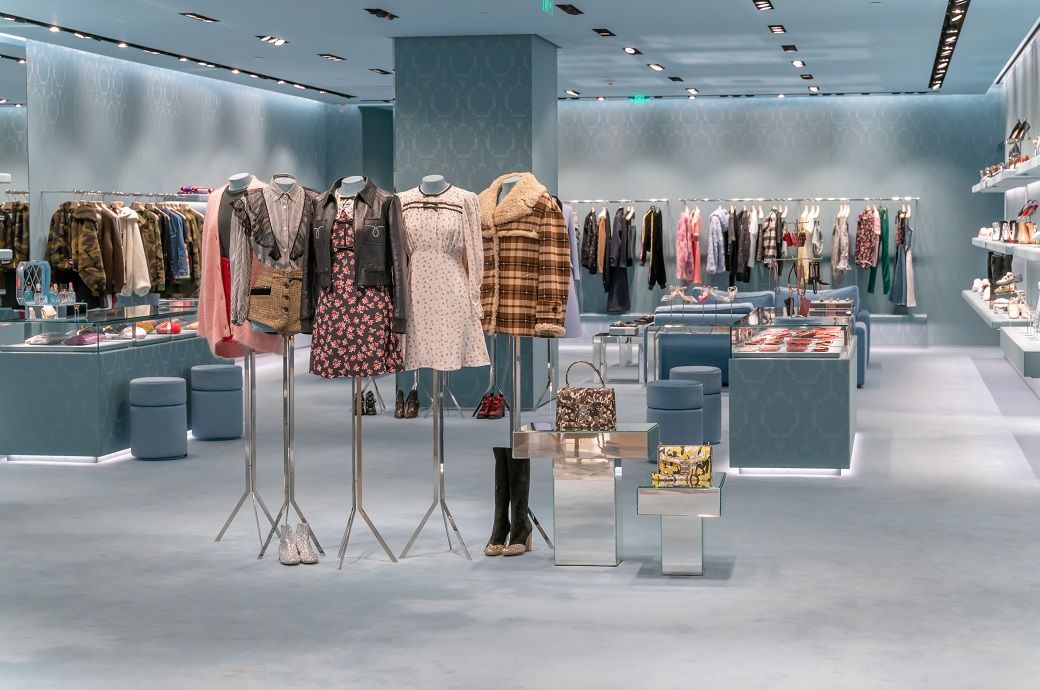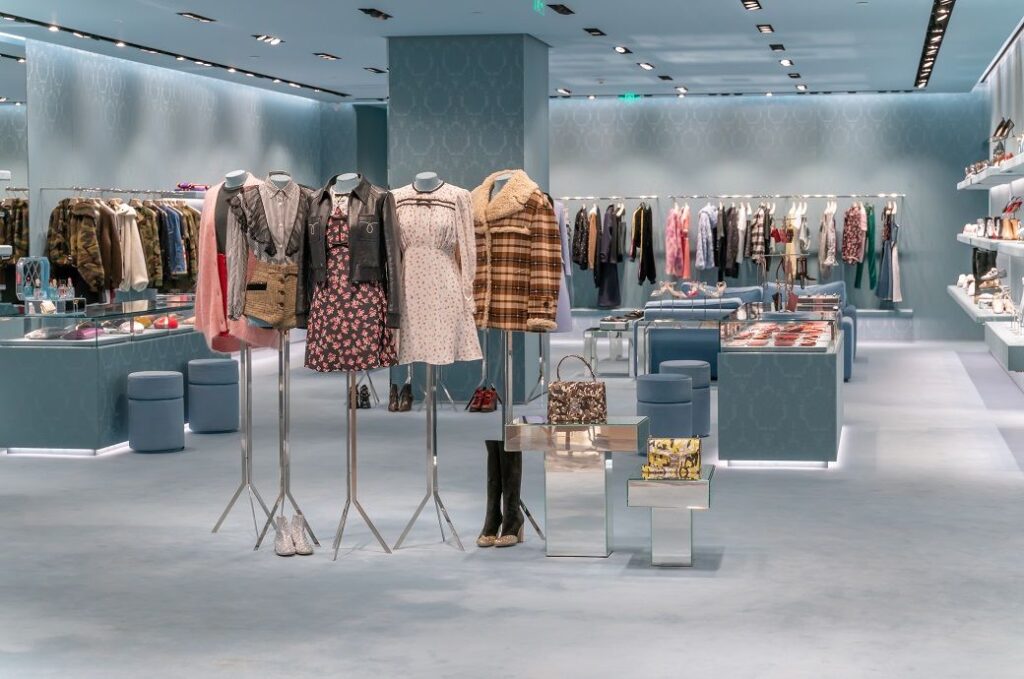
The industry experienced a post-pandemic boom, fuelled by savings during the COVID-19 lockdowns, fiscal stimulus in the US, and a wave of new recruits to luxury brands. Sales of the top names jumped more than 80 per cent between 2019 and 2024, according to a recent Morgan Stanley AlphaWise survey.
Now the current backdrop is clouded by uncertainties such as adverse demand from leading consumer nationalities—Chinese, American and European—all of which account for 75 per cent of the industry spend; the normalisation of growth within the luxury industry, which may be facing a post-pandemic boom fatigue; the impact from US tariffs; high interest rates in western countries; and overall expectations of slower global growth.
The luxury goods sector is facing a slowdown in 2025 due to weaker demand from China, the US, and Europe—its top consumer bases—amid economic uncertainty, high interest rates, and limited pricing power.
Chinese demand will stay flat, and while US tariffs pose minimal impact, broader risks like recession and declining consumer sentiment are more serious concerns, noted Morgan Stanley.
“We are in a very different environment today. Luxury pricing power has eroded after significant post-pandemic price increases, and Chinese demand will remain flat at best this year,” said Edouard Aubin, Morgan Stanley’s head of European Luxury Brands Research. “The consensus view is that the industry is in no position to pass on meaningful price increases.”
Chinese consumers have become the biggest spenders worldwide on personal luxury goods, accounting for around 30 per cent of the total, compared to around 22 per cent for US consumers. The outlook for spending in China is at its lowest level since the COVID-19 pandemic, according to the survey.
The survey, conducted in early April among 2,034 Chinese consumers, indicated that the announcement of US tariffs on China increased household concerns over jobs, salaries and investment losses, with 60 per cent of respondents saying they plan to reduce spending over the next six months.
“The pickup in US consumers’ spending expected for 2025 is not likely to be as significant as initially anticipated,” Aubin added.
Many investors were initially expecting spending to recover strongly in 2025 after having been weak for the most part of 2024. Data from April showed a temporary improvement, credited to seasonality, pent-up demand with likely some pull-forward spending due to tariff concerns, and companies putting through price increases.
The impact from US tariffs should be less material for luxury goods companies, especially those able to apply small pricing increases in the US to mitigate the impact.
In addition, many luxury companies shipped spring/summer collections ahead of the implementation of the new US trade policy, thus dodging a portion of the tariff hit this year.
“Overall, for luxury, we don’t think the tariff impact will be that meaningful,” Aubin explained. “The bigger threats to luxury companies are the risk of a recession, and the negative impact of market moves on consumer sentiment and the country’s net wealth.”
For now, Aubin sees demand as subdued in the next 6-12 months. “Should the S&P 500 continue on its upward trajectory and translate to further household wealth creation or should the Chinese real estate market stabilise or return to growth, the industry could start to recover,” he said.
Fibre2Fashion News Desk (RR)

